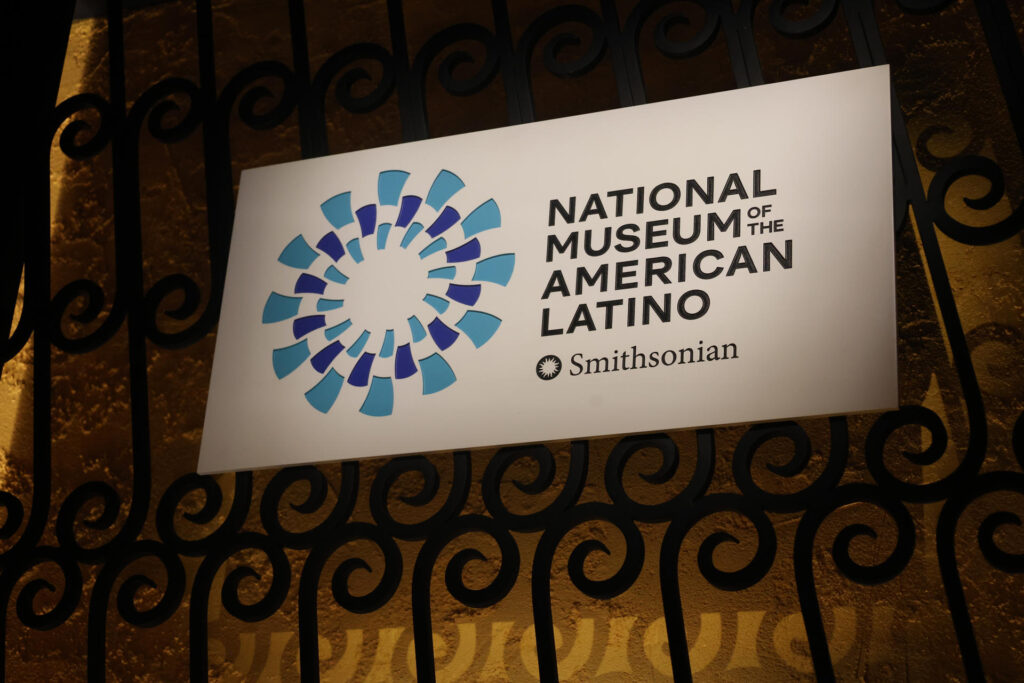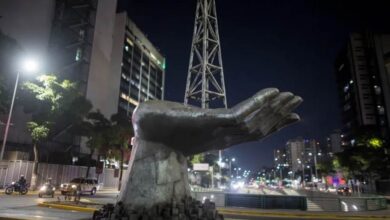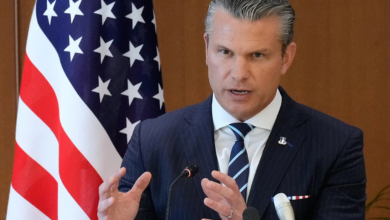Latin American Museum Plan Collides with Trump’s Sweeping Cultural Rollback

Twenty years of unlikely coalition-building behind the National Museum of the American Latino now stand on a knife-edge. President Donald Trump’s draft budget erases its federal line, thrusting curators, donors, and lawmakers into a last-minute rescue for an institution that exists only on paper.
Blueprints Born from Street-Corner Whispers
Back in 2003, the idea of a Latino museum felt quixotic. Xavier Becerra, then a rank-and-file Democrat from Los Angeles, bumped into Miami Republican Ileana Ros-Lehtinen outside a committee room and floated a question: Why is there no place on the Mall for our families’ stories? The two began swapping drafts on airplane napkins. Their unlikely partnership survived six elections, three presidents, and the 2008 market crash. By December 2020—during Trump’s final weeks—the authorization finally cleared both chambers on a voice vote. He signed it. Supporters uncorked cheap prosecco by the Capitol reflecting pool and swore ground would break within a decade.
Since then, the museum has lived behind screens and in borrowed corners of the Smithsonian. The Molina Family Latino Gallery—tucked inside the National Museum of American History—has welcomed over 350,000 visitors who file past Celia Cruz’s sequin gowns and a battered lunch pail from a Rio Grande irrigator. Working from a nondescript office in Arlington, curators banked seventy million dollars in private pledges, cataloged 250 artifacts, and recorded oral histories from Boricua nurses in New York to Salvadoran bakers in Houston. Each new object sharpened the same question: When will these stories get their roof?
A Budget, A Red Pen, And A Culture War
In March, the answer blurred. Trump, newly returned to the Oval Office, unveiled a budget that cuts overall Smithsonian support by twelve percent and zeros out every dollar earmarked for the National Museum of the American Latino. The document claims federal funds should flow only to institutions that promote “unifying narratives.” There was no further explanation.
The blow landed in the middle of a staff Zoom call. “People went silent,” recalls acting director Jorge Zamanillo. “Then somebody asked what we tell the families who have already handed us their grandfather’s medals.” Speaking to EFE, a Smithsonian spokesperson conceded that planning meetings are now “shadowed by uncertainty.” Site selection—two prime parcels flanking the Tidal Basin—has stalled. The international design competition that was supposed to launch this autumn is frozen inside a color-coded spreadsheet.
The cut arrives amid a broader shake-up. Trump’s team has removed the heads of the National Portrait Gallery and the Library of Congress, demanded reviews of exhibitions deemed “ideological,” and ordered agencies to reconsider grants linked to “divisive history.” Against that backdrop, leaving Latino heritage unfunded looks less like belt-tightening than a warning shot.
Private Money Can Unlock Doors, Not Build the House
Supporters argue this fight is not about dollars as much as symbolism. Estuardo Rodríguez, who runs the bipartisan Friends of the Latino Museum, notes that the African American museum opened only after Congress covered half its $540-million price tag. “You need that federal stamp, or the project never quite belongs to the nation,” he says.
Big donors are still on board. The Molina family, whose patriarch arrived from Baja California to run a Long Beach clinic, wrote the first eight-figure cheque. Gloria Estefan auctioned a vintage tour bus to seed a music wing. Corporations chasing a market of sixty-three million Latino consumers have promised the rest. However, private cash cannot pay for Capitol Police overtime or the labyrinthine approval process dictated by the National Capital Planning Commission. Without line-item confidence from Congress, architects will hesitate, engineers will stall, and the groundbreaking could drift into the 2030s.
Governor Michelle Lujan Grisham of New Mexico said what many Hispanic lawmakers whisper: “America found room on the Mall for postage stamps and insects—surely we can find room for sixty-plus million citizens.”

Election Drums and A Ticking Clock
October’s mid-terms add high stakes. Control of the House—and the subcommittee that writes Smithsonian checks—hinges on districts where Spanish signs hang over strip malls. Rallies in Phoenix and Orlando now feature a new chant: “Fund the museum!” Republican candidates with sizable Latino constituencies walk a tightrope, praising fiscal discipline while admitting local pride would soar if uncle’s migrant toolbox wound up in a glass case on Independence Avenue.
Democrats scent an opening. At a weekend gala in Dallas, Senator Catherine Cortez Masto reminded donors that Trump once bragged about green-lighting the museum: “If he could sign it in 2020, he can fund it in 2025.” Lobbyists are counting votes for the summer appropriations markup. Victory would restore the museum’s $150-million federal share and push shovels into the ground by 2029. Defeat would force planners to consider satellite sites in Houston or Los Angeles—fine cities, advocates say, but far from the symbolic front yard of the Capitol.
Meanwhile, the curatorial work grinds on. This month, a team visits Fresno to digitize huelga banners carried during Cesar Chávez’s marches. In Kansas City, they’ll record the memories of Puerto Rican soldiers who integrated the 65th Infantry. “History doesn’t wait for budgets,” archivist María del Sol Pérez tells EFE while labeling a 1954 Spanglish radio script. “If we don’t capture these voices now, they vanish.”
A Story Too Large for Storage Lockers
Walk the Mall on a humid June afternoon, and you’ll spot the gap. Between the Holocaust Museum and the new African American pavilion stretches a grassy sliver framed by oaks and food carts. That is one of two approved lots for the Latino museum. Picture, guides say, a limestone façade inspired by Incan terraces, a skylight shaped like a coquí, and galleries echoing ranchera chords. A Bracero camp bunk sits opposite Celia Cruz’s rhinestone mic stand, a SpaceX flight suit worn by astronaut Ellen Ochoa facing a Tejana border mural.
Whether that vision materializes now rests on a handful of House votes and a president’s red pen. The Argentine writer Jorge Luis Borges called nations “acts of collective memory.” Latino memory has shimmered across the United States for six decades in music, labor, war, and science, yet it remains boxed in storage lockers beneath the National Mall. This summer’s budget battle will decide whether those boxes open into permanent halls or remain footnotes in a digital archive.
Also Read: Puerto Rican Grandmothers Stir Art and Flavor in Sofrito Manifesto
Either way, curators will keep cataloging, abuelas will keep donating rosary beads from Havana, and schoolchildren will keep asking why their family stories aren’t on the Mall. Washington can delay the answer, but the question is only getting louder.





